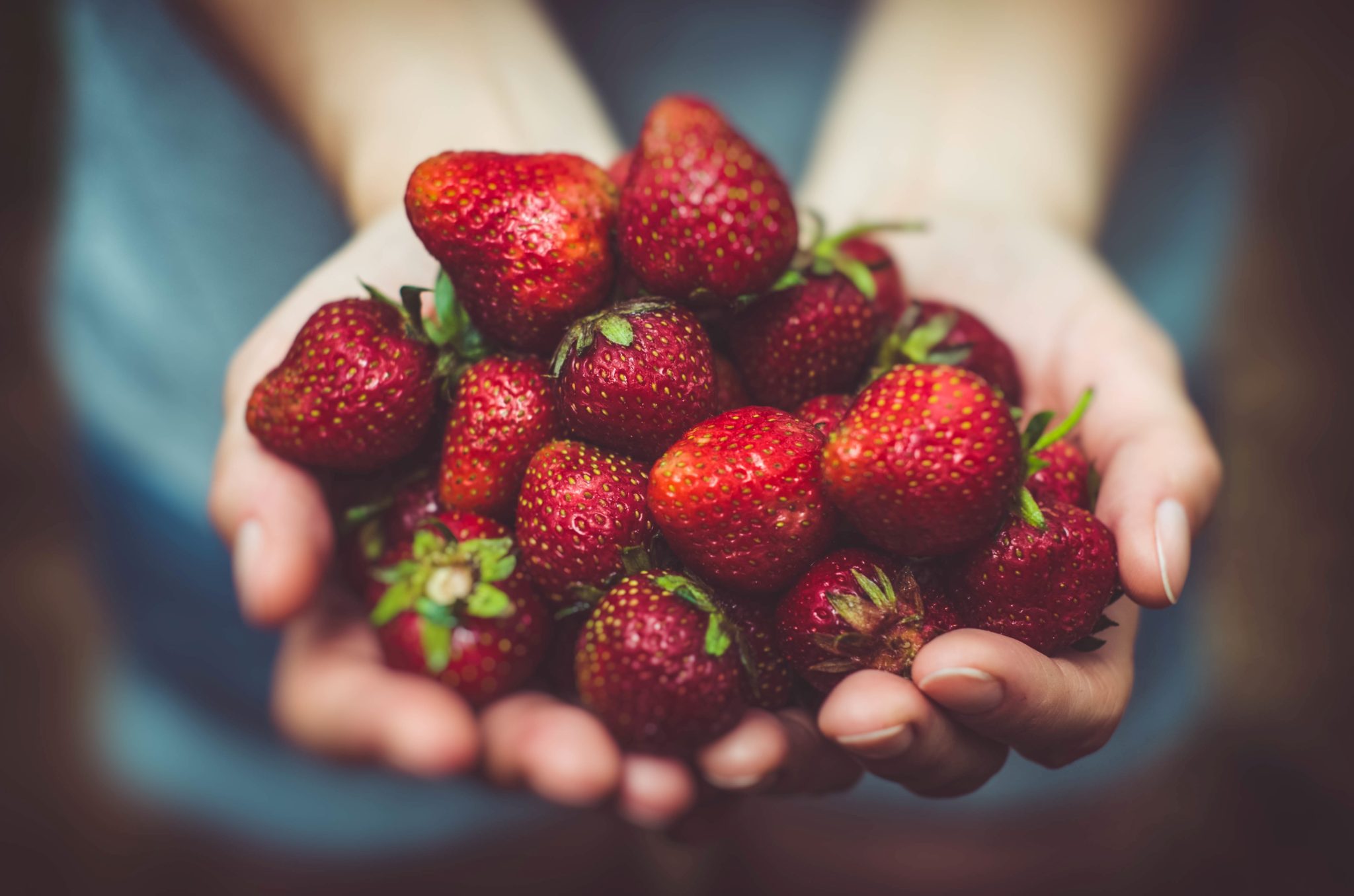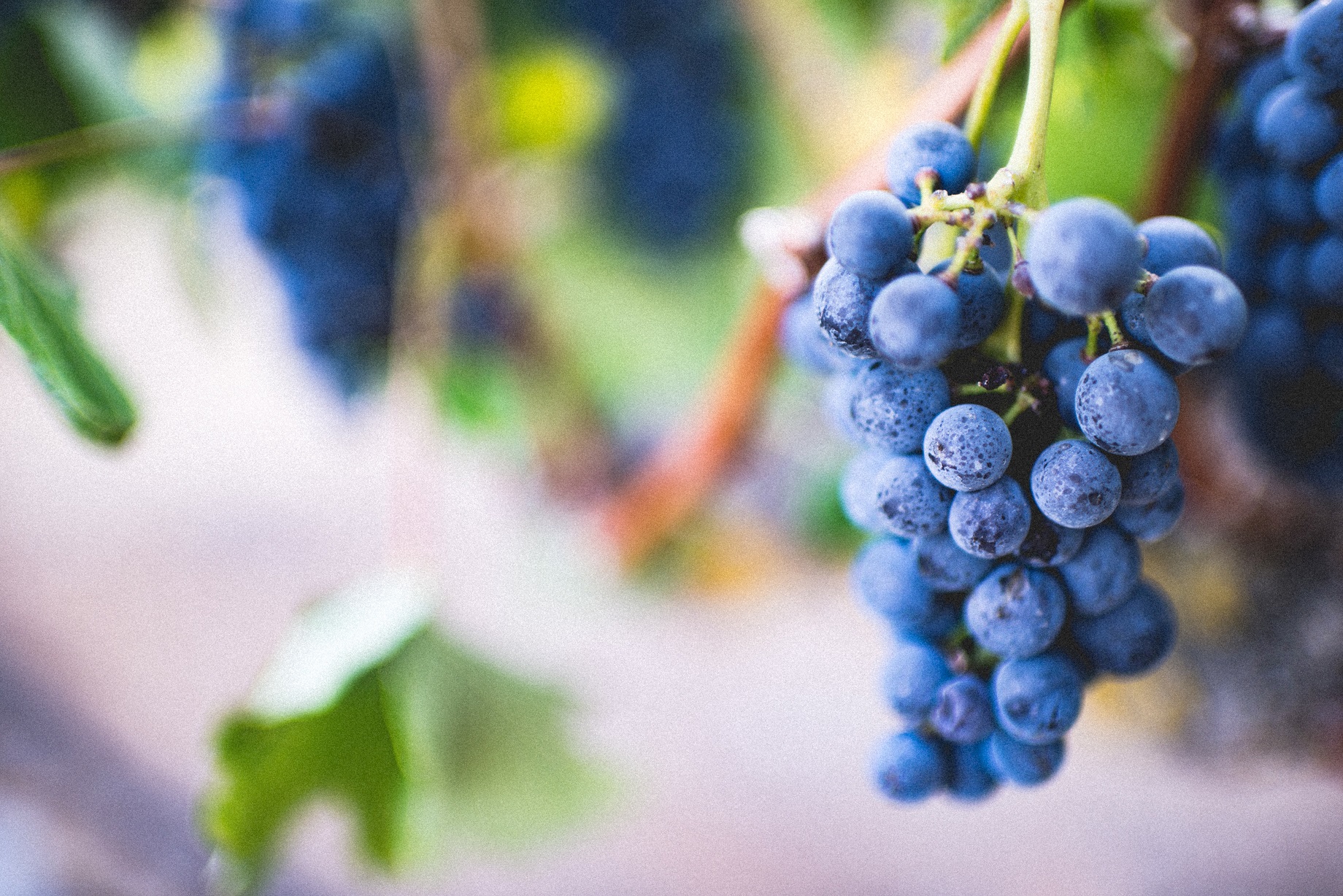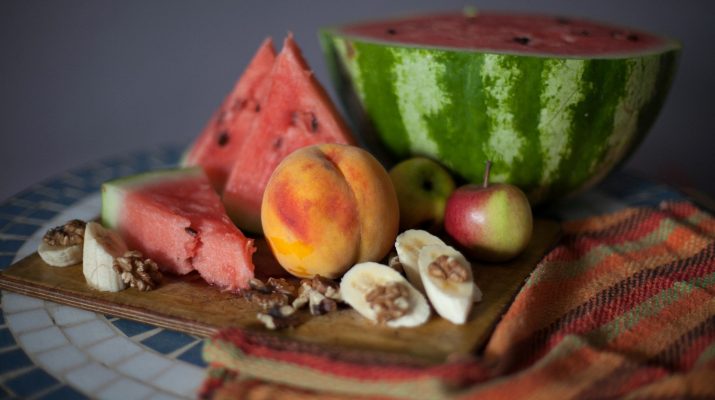You know hydration is important. Mothers, aunts, doctors and even your BFF says you must drink ample water, but you find it hard to chug down gallons of plain water, while soda, juice, and beverages are tasty, but bad for you! Is there no way to consume adequate water without subjecting yourself to bottles and bottles of plain drinking water?
Well, there is good news. Who said water has to be boring? Have you considered the fact that plenty of tasty, healthy fruits and vegetables are absolutely laden with water? These make a great way to consume water, without feeling like you are a slave to the water bottle.

To begin with, let us understand how hydration works. Water is essential to our lives, and in many ways, is more critical to our survival than even food. The average human can survive for a month without food but is unlikely to last even a week without water.
According to European Union Food International Council, we lose water daily. Water leaves our bodies through the skin and in breath all the time, amounting to about 700ml each day. We lose another 100ml through feces, about 1.5 litres as urine and 200ml in normal perspiration. So, even living and breathing in a temperate climate requires about 2.5 litres a day.
That said, water is absorbed by the body through all sources that contain water, including solid food. Did you know that Watermelon and strawberries contain about 92 percent water per volume? Grapefruit has 91 percent, cantaloupe with 90 percent and peaches with 88 percent water. Fruits containing 87 percent water by weight include pineapple, cranberries, orange, and raspberries. Apricots hold 86 percent water, while blueberries and plums contain 85 percent water. The water content of apples and pears is 84 percent. Cherries and grapes contain an average of 81 percent water. And, a banana’s composition includes 74 percent water. (Source: SFGate )

Similarly, vegetables that contain high amounts of water include cucumber and lettuce, which are over 96% water. Zucchini, radish, celery, tomato, red cabbage, and cruciferous vegetables like cauliflower and broccoli are all very high in water. Even something seemingly as dense as potato is over 70% water!
Also Read: The Connection between Dehydration and Water Retention
Therefore, snacking on these in the raw, with a low-fat, low sodium dip, could be a great way of hydrating yourself, while also reaping the benefits of all that fiber, vitamins, and minerals.
Alternatively, you can make interesting drinks using entirely the juice of watery vegetables. For example, have you tried cucumber lemonade? Juice an entire cucumber, and add to it a bit of lime juice and crushed mint. Add honey or a low-cal sweetener to taste, throw in some ice cubes, and enjoy!
Similarly, cucumber water, watermelon juice etc can completely replace water in many traditional drinks. Chaas or Indian buttermilk is delicious when made with yogurt and cucumber water! The cooling properties of cucumber add to the therapeutic effect of chaas, making for an excellent summer drink.
Similarly, you could make delicious ice lollies for kids with all natural fruit or vegetable juice, ensuring that they are adequately hydrated, and are also having fun with the ice lollies. To do this, juice water melon, and add orange juice and honey, and freeze in ice candy moulds. This is not just great for children but is also an excellent post-work out cooler, and a great way to batch-freeze juice for busy days, while also preserving its freshness and nutritive value.
So, the next time you think that hydration is all about drinking water, think again! Water can take many interesting shapes and forms, and often, hydrate through fresh, juicy fruits and

